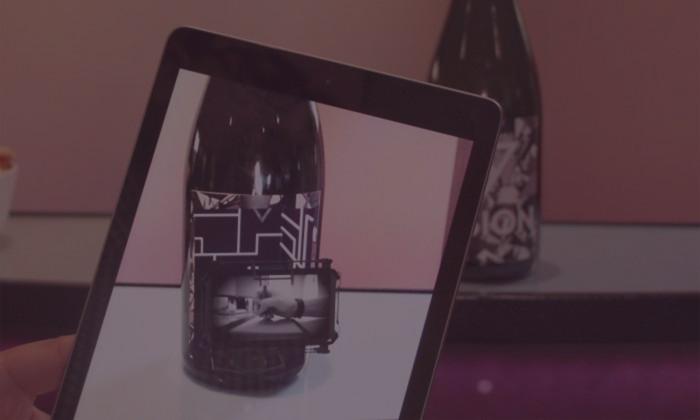Marketing Tactics For The “New Normal”

Marketing Tactics for the “New Normal”
Even in the face of a world-wide pandemic, brands and organizations still need to communicate with their audiences. It’s safe to say COVID-19 has changed practically every facet of life and while we’ve all collectively endured many challenges, there have also been many advancements in technology and new tactics developed to help us pivot and adapt to this “new normal.”
The current circumstances brought on by the pandemic have required us all to rethink the way we do things, and digital media is at the leading edge of that shift. From safe, socially-distant video production to new ways of utilizing augmented reality, here are some of the ways we have assisted our clients in pivoting and pushing on in the wake of the pandemic.
Augmented Reality (AR)
By now, it’s hard to remember the good ol’ pre-COVID days, but believe or not, it wasn’t just a dream. Just six months ago, the way businesses used immersive technologies like augmented reality was very different. Apart from the video game industry, augmented reality was being used as an effective marketing tool for sales and in-person conferences. Now with social distancing mandates prohibiting in-person presentations, AR is proving to be an even bigger asset than ever before.
Previously, augmented reality was a major part of our clients’ in-booth experiences at trade shows to help prospects see the inner-workings of products. For example, our client Emerson was able to show prospective customers how their innovative technology worked without having to step onto a rig. However, these types of AR experiences are not confined to the conference floor but are also a terrific option when meeting in person isn’t possible. Now, we’re even seeing augmented reality being utilized as a replacement for the trade show booth experience entirely. As trade shows move to the virtual realm, QR technology allows businesses to deliver the trade show booth experience right to the user’s own computer screens. The Next Generation AR Conferencing shows just how augmented reality technology continues to bring us together even during social-distancing.
(Well-Produced) Virtual Events and Video
Of course, virtual events have been extremely vital in pivoting our clients’ messaging when their live-attended events were canceled. While it isn’t easy, hosting events virtually can still be high-caliber and be even more beneficial to an organization’s bottom line. However, rather than trying to create the same exact live-event experience online, a successful virtual event requires tailoring all aspects of the event to cater to virtual audiences. By doing this, VISION was able to help clients, like The Greater Houston Partnership, The Kinder Institute for Urban Research, and Holocaust Museum Houston adapt their previously live-attended events to the digital realm.
“Safety first” is a common phrase heard at the VISION office. Video productions utilizing only 3D animation and motion graphics are an excellent option during the global pandemic as the work can all be done remotely—making it entirely immune to the effects of the pandemic.
However, with the correct precautions, even live-action video productions can be implemented safely. At VISION, we have adapted our on-set production protocols to include COVID-19 precautions to ensure the safety of all talent, clients, and crew members. During the social distancing mandates, VISION has also conducted video production shoots remotely, including creating a “virtual studio” for BrandExtract where our clients and directors oversaw the production through a setup of cameras and monitors for two way video communication. This system ensured the safety of the limited actors and crew members on location, as well as provided cost savings for the clients who would have had to fly cross-country to be on set.
Quick-turn productions amid an ever-changing crisis
Most importantly, the ability to pivot your marketing is imperative. Even outside of a pandemic, circumstances change and that requires shifts within strategies. Working with a production partner that is able to quickly shift along with your strategy is essential for success.
